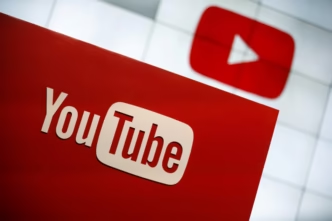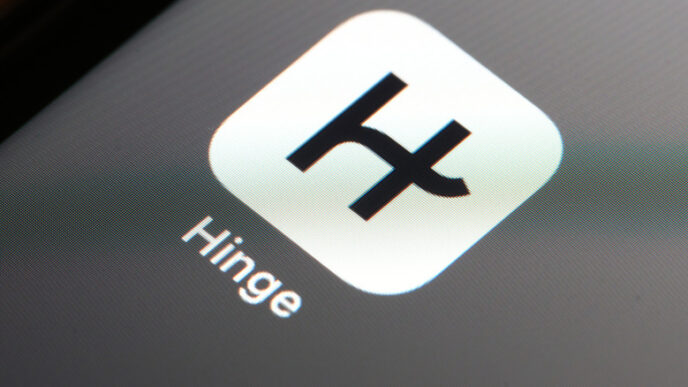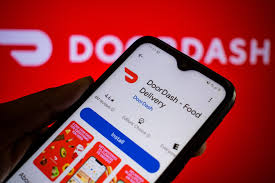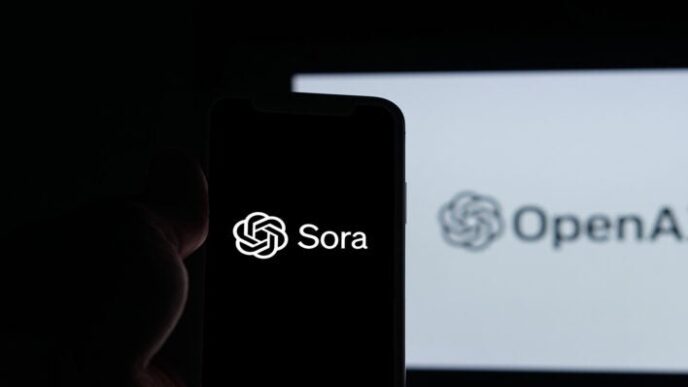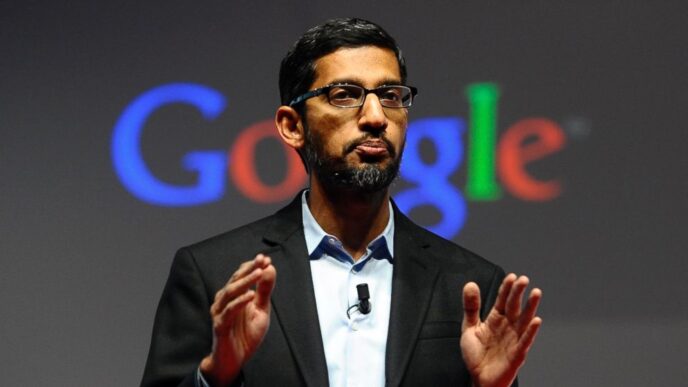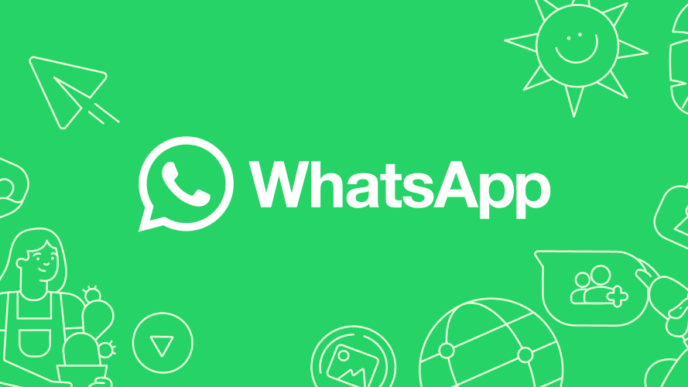YouTube is quietly testing something that could finally fix the messy home feed many users complain about. The platform has started experimenting with a new feature called the YouTube custom feed, and it gives people more control over what shows up when they open the app. For years, users have struggled with recommendations that completely miss the point, and this test feels like YouTube’s attempt to solve that problem in a more direct way.
Anyone who has used YouTube long enough knows how fast the algorithm can jump to conclusions. You watch a couple of Disney videos for nostalgia or entertainment, and suddenly your entire home feed shifts. The platform begins to assume you’re a dedicated fan, so it starts pushing endless Disney clips, fan theories, soundtracks, and reaction videos. The issue isn’t new, and many users have given up trying to “correct” the algorithm because small viewing habits often get exaggerated.
That frustration is what makes the YouTube custom feed so interesting. Instead of waiting for the algorithm to interpret your past activity, YouTube now lets you actively shape what you want to see. During the test, some users will spot a new option next to the regular Home button. Clicking it opens a prompt box where you can type what you’re interested in, and YouTube uses that input to influence your future recommendations.
This small change represents a bigger shift in how the platform thinks about personalization. Instead of treating the user as a passive viewer who can only respond to recommendations, YouTube is testing a model where the user can guide the system with clear instructions. If someone wants more cooking tutorials, they can enter that. If they want fitness content, travel guides, tech analysis, productivity tips, or long-form documentaries, they simply tell the feed. The feature starts adapting almost immediately, shaping the homepage around those preferences.
It’s a faster and cleaner way to correct a confused algorithm. Most users are familiar with hitting “Not interested” or “Don’t recommend channel,” but those tools take time, and they don’t always fix the underlying issue. The YouTube custom feed is more proactive. Instead of telling YouTube what you don’t want, you can now emphasize what you do want.
This removes some of the guesswork the algorithm usually relies on. For example, if you’re exploring a topic out of curiosity, you no longer have to worry about ruining your feed for weeks. You can enter a new prompt that shifts the recommendations back to what you actually care about. Over time, this could help people build a more balanced and stable homepage without having to micromanage their viewing behavior.
The experiment also signals a growing trend across social platforms. People want more control and less algorithmic confusion, and big companies are starting to respond. Threads has been seen testing a new feature that lets users adjust parts of its recommendation system. X is also working on a tool that allows users to tag its AI chatbot, Grok, so it can fine-tune their feed based on the content they prefer. These platforms are trying to find a middle ground between algorithm-driven feeds and user-driven customization.
For YouTube, the stakes are even higher. The home feed plays a huge role in what people decide to watch, and poor recommendations can push users away. The YouTube custom feed could help rebuild trust by giving people direct influence. Instead of hoping the algorithm “learns,” users can nudge it in the right direction.
It’s still unclear how widely YouTube plans to roll out this feature or how long the experiment will run. But early reactions suggest that the idea of manually steering a recommendation feed feels refreshing. It reduces the feeling that the app is trying to predict your every move and replaces it with a sense of control. If it performs well, the YouTube custom feed could become one of the most meaningful updates to the platform in years.
For now, the test remains limited. But the fact that YouTube is exploring this direction shows that the company is aware of the growing dissatisfaction with algorithm-only feeds. People want personalization, but they also want freedom. A feature that combines both could reshape the way users engage with one of the world’s biggest video platforms.
